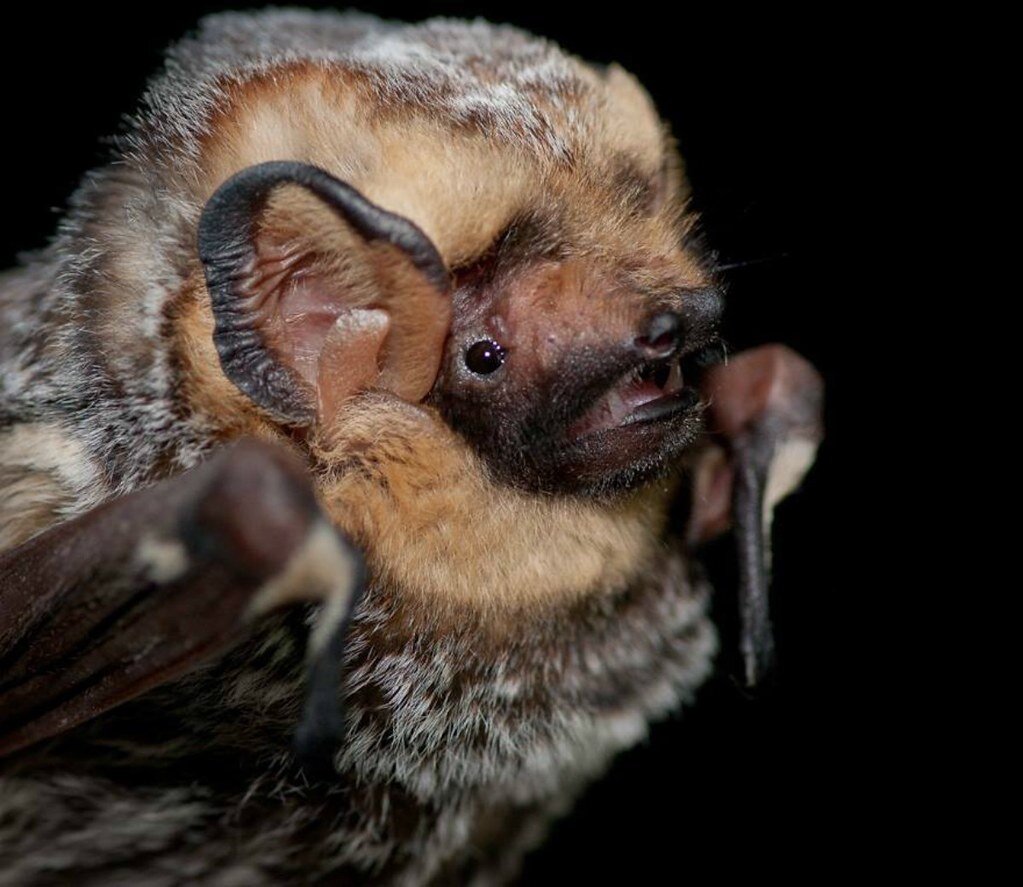Each species of bat emits their own distinct frequency while searching for food. Scientists developed bat survey equipment with this auditory footprint in mind. The machine “listens” for bats, determines what species was present, and adds the associated coordinates to create a bat survey map. Mark Martin, Sue Foote-Martin, and Brand Smith started conducting bat surveys at Goose Pond Sanctuary and Schoeneberg Marsh in 2008. Bats found on past surveys in our area have included big and little brown, hoary and eastern red bats. A silver-haired bat found on the recent Schoeneberg Marsh count is new species to the bat list.
This baseline data is valuable in determining what bat species are declining most heavily. On August 6, 2019, Tanner Pettit (summer Goose Pond intern) and I replicated a bat survey from 2016. Note that the time of year, time of night, water levels, and wind speeds are all similar between the two surveys. Each symbol on the map represents one bat encounter. The results were sobering.















